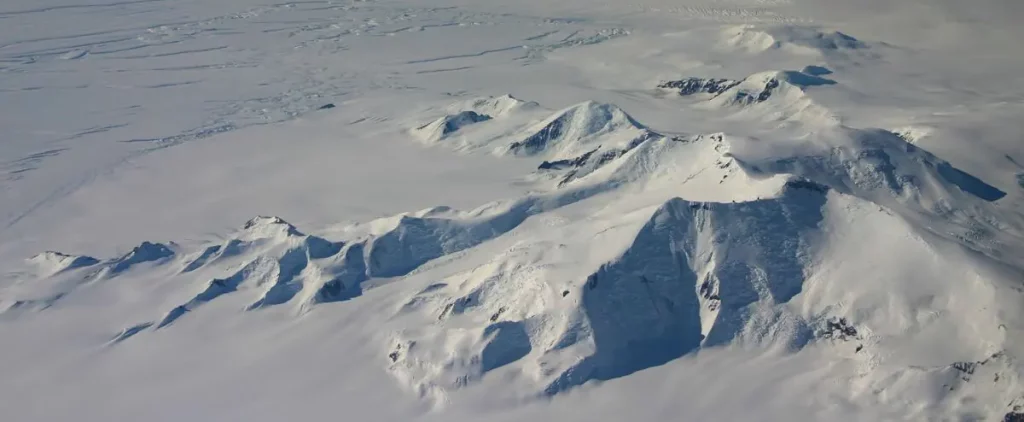
More than two degrees of global warming could melt Antarctica’s largest ice cap, causing sea levels to rise by several metres, researchers warn, adding that the situation is still “in our hands”.
• Also Read: Antarctica’s July sea ice isn’t so small, satellite records show
• Also Read: Wildfires: More than 2000 hectares of natural habitat destroyed in Brittany, France
Adopted at COP21, the 2015 Paris Climate Agreement aims to limit global warming to +1.5°C compared to the pre-industrial era. However, according to the World Meteorological Organization, the planet is moving towards 2.5 to 3 degrees of warming.
If warming continues beyond the 2°C limit, the East Antarctic Ice Sheet could contribute to several meters of sea level rise within a few centuries, according to a study published Wednesday by Durham University in the UK.
The authors, including scientists from the United Kingdom, de Australia and France, believe that this ice sheet will contribute less than half a meter to sea level rise by the year 2500 due to its presence below the cape.
“An important finding from our analysis is that the fate of the East Antarctic Ice Sheet is largely in our hands,” said lead author of the study Professor Chris Stokes, from the Department of Geography at Durham University.
“This ice cap is the largest on the planet, equivalent to 52 meters of sea level, and it is important not to wake this sleeping giant,” he added.
The researchers, whose findings were published in the journal Nature, studied how the ice sheet responded to recent warm spells and looked at where those changes are currently occurring.
They also analyzed computer simulations to examine the effects of different levels of greenhouse gas emissions and temperatures on the ice sheet by the years 2100, 2300 and 2500.
“An important lesson from the past is that the East Antarctic Ice Sheet is very sensitive to even relatively modest warming scenarios. It is not as stable and protected as we previously thought,” said Nerili Abram, a professor at the Australian National University in Canberra.
“We have a very small window of opportunity to rapidly reduce our greenhouse gas emissions, limit the rise in global temperatures and preserve the East Antarctic Ice Sheet,” she stressed.
Antarctica’s sea ice last month reached its smallest July extent in 44 years of satellite records, according to the European climate change service Copernicus.





More Stories
Allegations of corruption Qatar warns of ‘negative impact’ of European measures
USA: Famous “Hollywood cat” euthanized in Los Angeles
The campaigner who called for the shooting of Ukrainian children has not been charged